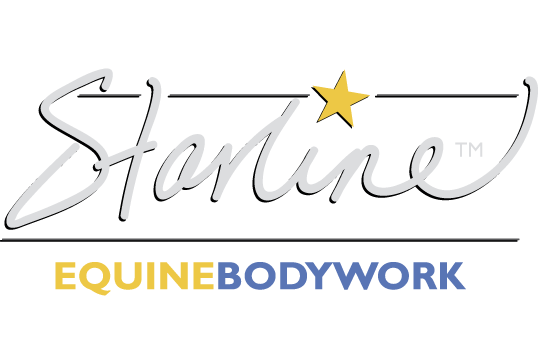Episode #9: Turnout is Not Training
Guys, seriously, turnout is not training.
Turnout has many benefits.
Fresh air
Mental stimulation
Socialization
Light exercise and movement
Ability to forage and graze
Yes! These are amazing things.
But turnout alone is not going to make an athlete out of your horse.
In this episode we will take a look at the natural, evolutionary model of what horses were made to do.
What we do in sport tests the body’s capacities, and it celebrates its abilities. It is not what it was naturally made to do.
Turnout alone doesn’t produce the tissue set up and joint articular health to create athletes. But, neither does under tack training alone.
But how then do we prepare the joints and soft tissues for SPORT?
Joint mobilizations are a great place to start!
Mobilizations are a tool to train the body, creating a better afferent feedback loop to the Central Nervous System about movement quality.
Further, synovial joints need to move to imbibe the joint’s cartilage with nutrients!
Next time you drive down the driveway and see the horses in the paddock watch them. Take a moment to ask yourself, “Is what they are doing now putting their joints and soft tissues through ranges of motion I am asking for under tack?” Then ask, “Is it fair that I haven’t prepared the body for these movements and still ask my horse for them under tack?”
Trust me when I say, body training or tissue preparation is an important part of helping these horses celebrate their athletic potential. And turnout alone isn’t going to make them a more physically prepared athlete.
Please consider rating, reviewing and following the Starline Equine Bodywork Podcast. This will help us reach more people and more horses, to support their journey and relationship together.
Please note: The ideas expressed in this podcast are opinions only, and are not substitutes for proper veterinary care, veterinary medicine and other forms of bodywork. The opinions are not intended to be prescriptive or diagnostic in nature.

